
Foresight
Dunhuang is at the transportation junction and strategic hub of the ancient Silk Road. The grottoes' construction took place under the backdrop of sustained exchanges between the Western and Eastern civilizations. At the time China exported silk and tea to the West, caravans introduced belief systems, culture and art from ancient India, Greece, Rome and Persia to Dunhuang. Their influence was later evident in China's Central Plains area.
In February 2012, Fan gave the lecture World Cultural Heritage in China: Dunhuang Mogao Grottoes at the Benaki Museum, Athens. Around 300 or more specialists in Greek archaeology and art attended. She explained that Mogao grotto art circles includes Chinese characteristics and also those of ancient India, Persia, Greece, and other parts of Central Asia. The Dunhuang Grottoes thus showcase the fruits of multi-cultural convergence. Fan cited a bird appearing on the murals that is strikingly similar to the Siren image of Greece; also the lines of a Buddhist robe that resembles the cassocks worn by ancient Greeks. The two details draw a distinct parallel between Dunhuang and Greek culture.
During her lecture in Egypt, Fan talked about glassware. "We had glassware in ancient times, but it was not transparent. But glassware featured in Dunhuang murals is indeed transparent, very likely from ancient Egypt." Fan also mentioned the konghou, an ancient musical instrument seen in the murals similar to the ancient Egyptian harp on display at the Louvre. She believes the instrument was invented in Egypt, and spread to West Asia, India, Central Asia and eventually to Dunhuang.
Dunhuang Impressions – Exhibition of Chinese Culture opened in November 2012 in Istanbul, another hub on the Silk Road. Over the past two or more years, the Dunhuang culture has become prominent in China's international cultural exchanges. In 2012 the dance drama Dream of Dunhuang toured Southern Europe, North Africa, the Middle East and Tokyo and Akita of Japan. The latter country is the largest source of visitors, according to guides at the Mogao Grottoes. In January 2013, a 3D version of the Dunhuang murals was screened in Washington, D.C.
In addition to conservation, research and tourism, Fan's work also focuses on the demands of the future. She believes a world-class heritage museum should include four aspects. They are: a first-class heritage collection; conservation; research; and exhibitions and service. In other words, collection and conservation are primary concerns, and social aspects like exhibitions and communications constitute the fundamental objective. The objective of conservation of the Dunhuang Mogao Grottoes is, according to Fan, "To protect and conserve this treasure for posterity."


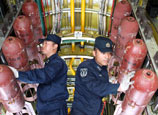

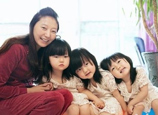
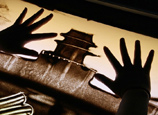

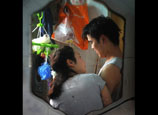
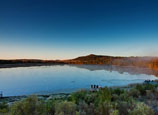








 Migrant children’s dream of stage
Migrant children’s dream of stage


![]()
